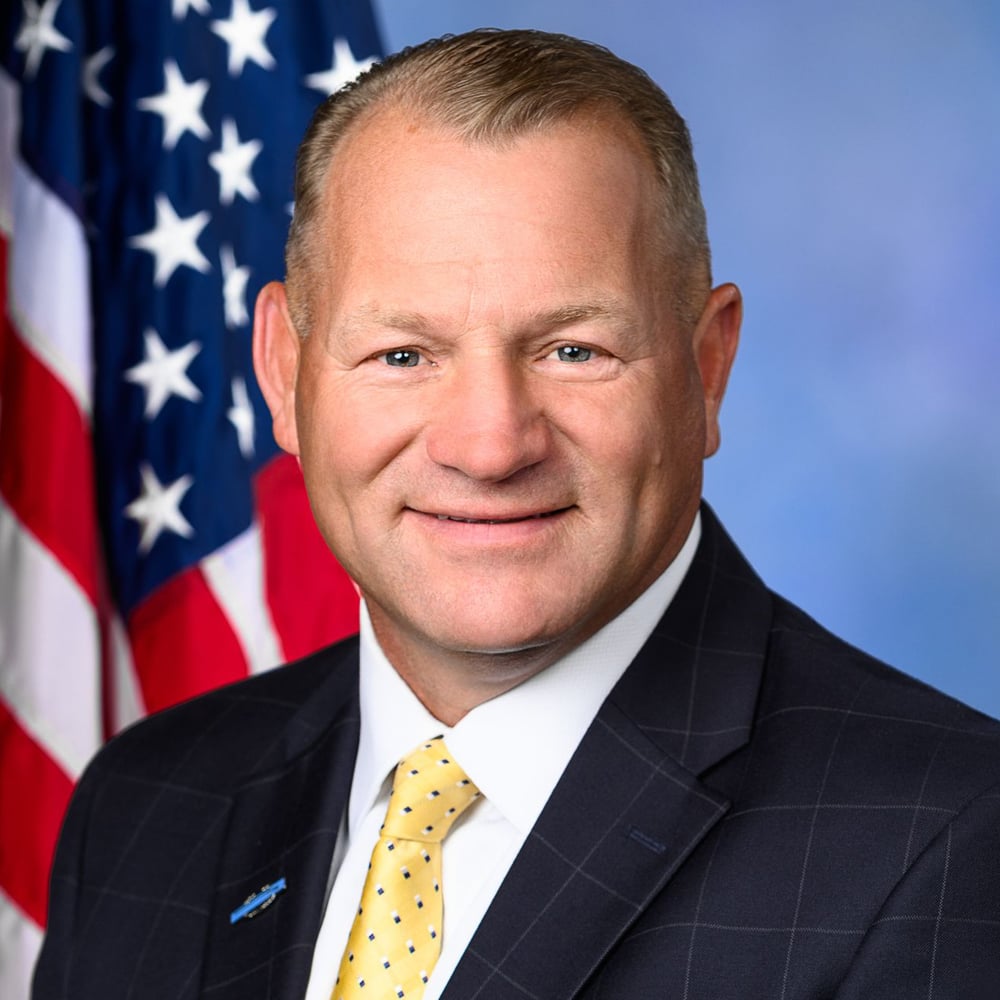We have a lot. We’re going to get more. Any questions?
The combination of rising sea levels and sinking land along the Texas Gulf Coast has made the region one of the most frequently flooded in the country, according to a report from the U.S. Environmental Protection Agency.
The frequency of flooding along the Texas Gulf Coast over the past decade averaged 10.7 days a year, compared with a national average for coastal regions of 6.8 days, the report found. The frequency is a marked increase from the 1950s, when flooding along the Gulf Coast was a relatively rare occurrence and Galveston averaged just 0.1 days of flooding per year, according to estimates compiled by the National Oceanic and Atmospheric Administration.
While coastal flooding in the United States was at one time largely linked to hurricanes and other larger storms, parts of the Atlantic and Gulf coasts will now flood even on sunny days, potentially turning what is now dry land into wetlands or open water, the EPA cautioned.
The report comes amid growing warnings from scientists that global greenhouse gas emissions threaten to further warm the planet and drive sea level rise up even faster in decades to come.
“Over the last 30 years the rates of sea level rise along the Gulf Coast have been the highest in the nation, and it’s only going to accelerate,” said William Sweet, an oceanographer at NOAA. “Beyond 2050 we’re talking beyond the goal posts, with the potential for some really big numbers if emissions don’t abate.”
While rising sea levels area are a global phenomenon, the Gulf is especially prone to flooding because the land around it is steadily subsiding, through a combination of natural compaction and the extraction of water, oil and natural gas, Sweet said.
NOAA estimates that by 2100 sea levels along the Gulf of Mexico will be between 2 and 6 feet higher than they are now, putting many of Texas’ barrier islands under water and inundating coastal towns and cities. That is likely to compromise sewage systems, roads and water systems, along with other infrastructure, potentially making many communities uninhabitable.
An earlier study suggested up to a foot of sea level rise along the Gulf Coast, but that was for everywhere, not just Texas. The study cited here is about climate change indicators and was sufficiently long that I didn’t scan through it looking for the specific data mentioned in this story. Suffice it to say, we may be seeing significant effects sooner rather than later. Might be nice to try to do something about it, I dunno. Here, here’s the song you’re thinking about now, to ease the mood a little:
I feel like we’re going to have to start rethinking our metaphors, some of this is hitting a little too close to home.
















